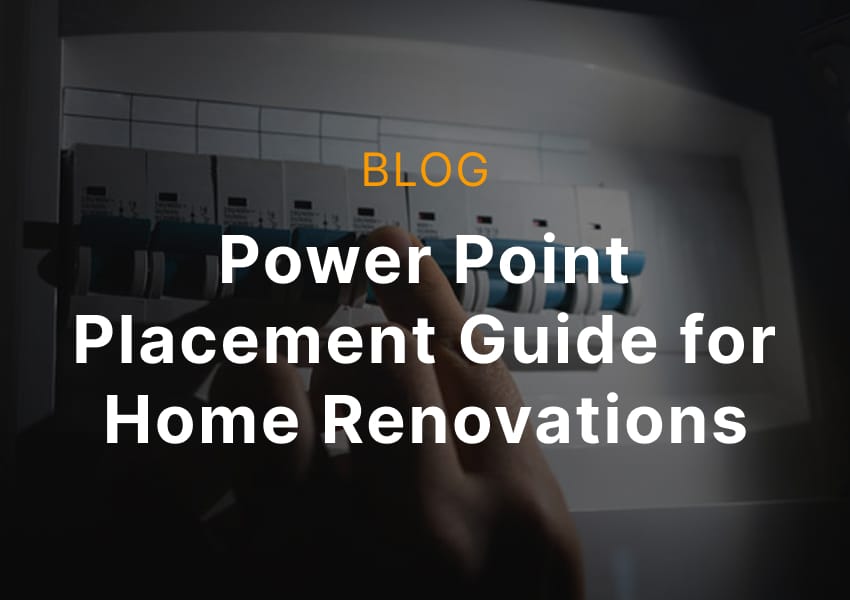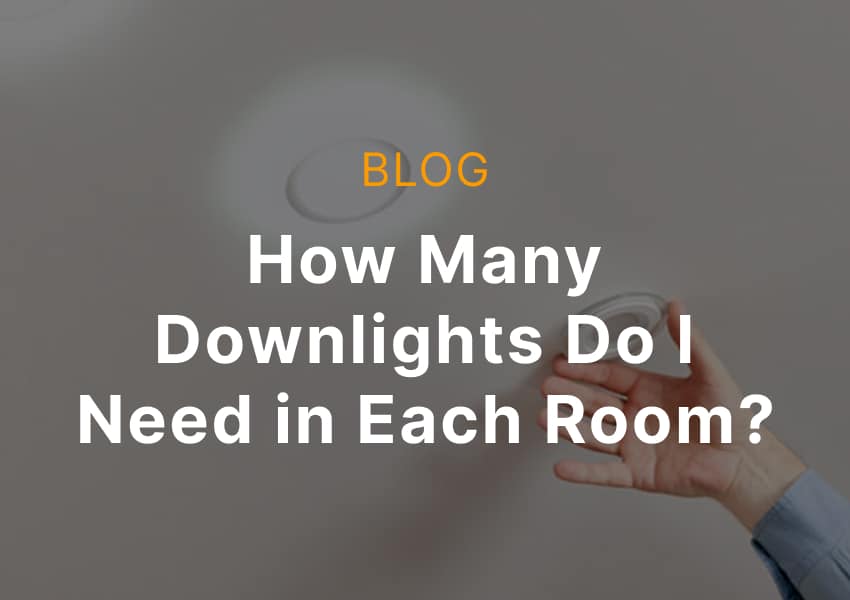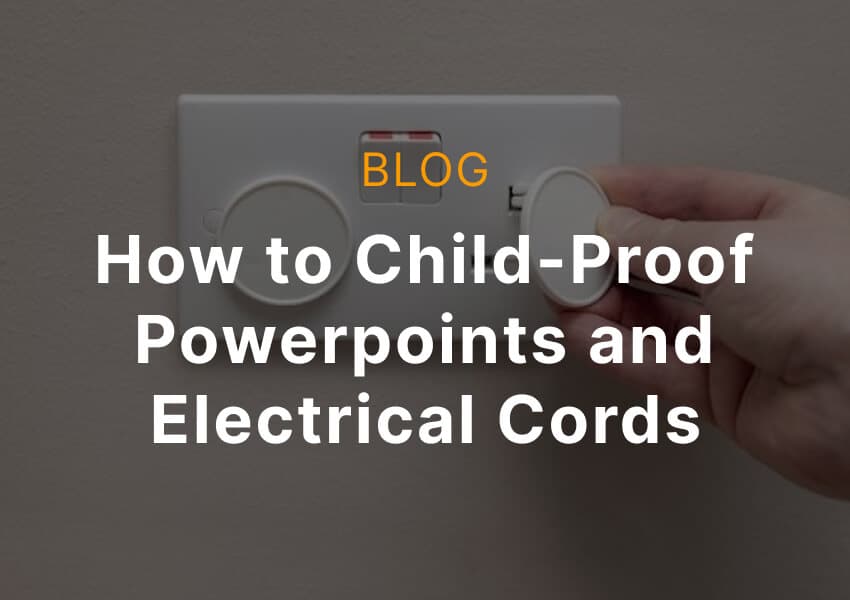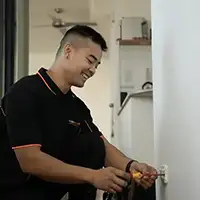If you’ve ever heard someone mention 3 phase power and wondered what it actually means, you’re not alone. It’s a common electrical supply setup in larger homes, commercial buildings, and industrial spaces across Sydney. While most homes in NSW run on single phase power, 3 phase systems are used when more electrical load is needed—think ducted air conditioning, commercial kitchen equipment, or high-powered EV chargers.
3 phase power provides a more stable and efficient energy supply, especially for properties that use a lot of electricity throughout the day. It’s not just about “more power,” but also how that power flows—consistently and without spikes that can trip circuits or damage equipment.
How 3 Phase Power Works
To understand why it matters, you first need to know how 3 phase power is structured and how it compares to single phase systems:
Voltage and Wiring Basics
In a standard 3 phase setup, electricity flows through three active (live) wires and one neutral wire. Each phase delivers power at a 230V potential, just like single phase, but the three phases are offset by 120 degrees, meaning the load is distributed more evenly over time.
This setup creates a smoother and more continuous power supply. Instead of one burst of energy every cycle (like in single phase), 3 phase delivers power in three smaller, staggered bursts. That’s why motors run more efficiently and lights flicker less under a 3 phase supply.
3 Phase vs. Single Phase
Here’s a quick comparison:
- Single Phase (what most homes use):
1 live wire, 1 neutral. Good for basic lighting and appliances. - Three Phase (common in high-demand properties):
3 live wires, 1 neutral. Delivers higher load capacity and smoother current.
In NSW, residential properties can only upgrade to 3 phase if their street or area has a 3 phase service available from the network provider. If you’re unsure, a licensed electrician can check your site and liaise with the supply authority.

Why 3 Phase Power Matters
Beyond capacity, 3 phase power improves reliability and efficiency, especially for homes and businesses running multiple high-draw appliances:
Power Stability Benefits
One of the biggest advantages of 3 phase power is consistent energy delivery. With three alternating currents working together, the system avoids the power dips that single phase can’t handle well, especially during peak load.
This is critical for:
- Running large air conditioning systems without tripping circuits
- Keeping power tools or motors running smoothly in workshops
- Preventing flickering lights or overheating when multiple appliances are in use
In Sydney properties where demand is high, like duplexes with separate tenant loads or homes with multiple EVs, 3 phase provides a safer and more stable electrical setup that meets both current and future needs.
Lower Running Costs
Although the initial cost of upgrading to 3 phase is higher, it’s often cheaper long term for properties with higher energy needs. Why?
- Motors and appliances run more efficiently
- Lower likelihood of overload-related repairs
- Less voltage drop over distance (useful on large sites)
For eligible customers in NSW, electricity retailers also offer 3 phase metering options that can support time-of-use billing or solar export management, potentially lowering your power bill.

Signs You Might Need 3 Phase Power
If your current system struggles with modern demands, here are common warning signs and upgrade triggers to look out for:
Overloaded Circuits
If you’ve noticed frequent circuit breaker trips, buzzing outlets, or lights dimming when multiple appliances are used, it’s a strong sign your single phase system is under pressure.
These symptoms are common in:
- Renovated homes with extra air con units
- Properties with added granny flats or second kitchens
- Small commercial shops running upgraded equipment
Ignoring these signs can lead to safety risks and appliance damage, particularly if your switchboard hasn’t been assessed in years.
Upgrade Triggers
There are specific events that often lead Sydney residents or business owners to consider a 3 phase upgrade:
- Installing an EV charger
- Fitting ducted reverse cycle air conditioning
- Adding a second kitchen or outdoor entertaining area
- Upgrading to solar with a large inverter or battery
In NSW, any upgrade to 3 phase must follow energy distributor requirements and may need a Level 2 ASP (Accredited Service Provider) like Powerhub to complete the metering and connection work.
How Powerhub Installs 3 Phase Power
Here’s a clear breakdown of how Powerhub manages every stage of a compliant 3 phase upgrade in Sydney:
Site Assessment
Every installation starts with a full site check. We:
- Inspect your existing switchboard and cabling
- Confirm whether 3 phase is available in your street
- Estimate your current and projected power usage
- Check the main service capacity and meter panel space
If an upgrade is viable, we then design a safe and compliant installation plan.
Supply & Application
We manage the application process with your energy provider (like Ausgrid or Endeavour Energy). This step is mandatory and includes:
- Submitting a NSW service work request (SWR)
- Organising a scheduled connection and disconnection
- Preparing all compliance documentation for metering changes
Only Level 2 electricians are authorised to carry out this part of the job in NSW, and Powerhub is fully qualified and insured.
Testing & Compliance
Once installed, we run full continuity and insulation resistance tests on all new wiring and equipment. We check:
- Voltage balance between phases
- Neutral integrity
- Safe connection to your main earthing system
Finally, we issue a Certificate of Compliance for Electrical Work (CCEW) as required under NSW Fair Trading laws, confirming the work meets AS/NZS 3000 standards.

Need a 3 Phase Power Upgrade in Sydney?
If your switchboard is struggling to keep up, or you’re planning to install a ducted aircon or EV charger, now’s the time to upgrade. At Powerhub Electrical, we handle the full 3 phase power process, from site inspection and supply applications to final connection and certification.
We’re licensed Level 2 electricians trusted across Sydney for safe, efficient upgrades that meet all NSW regulations. Call 0400 332 331 to book your 3 phase assessment today. Get expert advice, honest pricing, and compliant work done right the first time.





